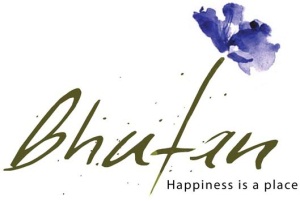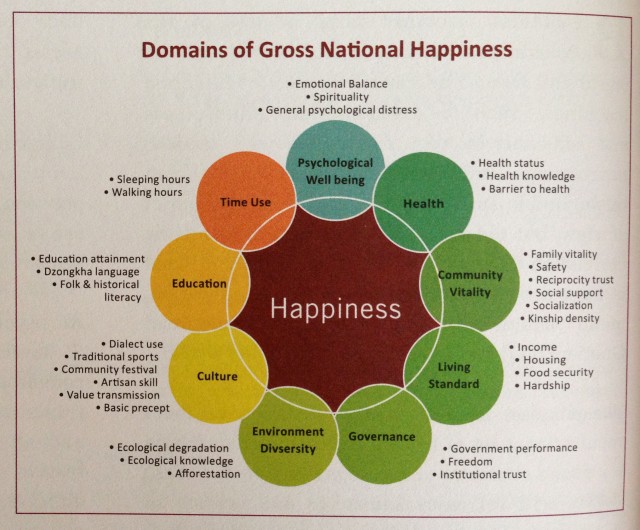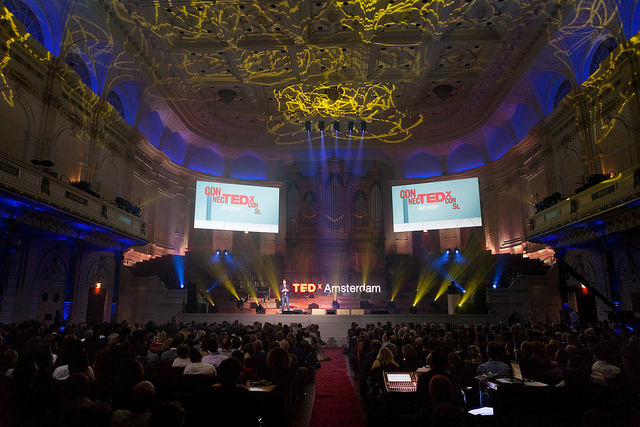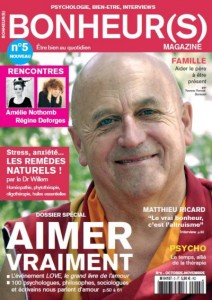This post was first published on the blog of TEDxAmsterdam. TED’s library contains about fifty talks on happiness. After the post about the flow of Mihaly Csikszentmihalyi, this is the second article in my series of articles under the title TED & Happiness. In this talk, I want to introduce Shawn Achor, positive psychologist and happiness researcher. His message is simple: happiness works. With humor and self-mockery, he reveals how our mental well-being is linked to a positive outlook on life.
A positive outlook

Shawn Achor, source: Good Think inc.
Shawn Achor begins his twelve minute happy rollercoaster ride with a simple anecdote illustrating how fundamental optimism is for our happiness. Seven-year-old Shawn was a reckless little boy. Playing war, he happened to throw his five-year-old sister Amy from her bed. Tears began to fill her eyes. But he managed to turn the situation around with: “Amy, you landed on all fours. That means… you must be a unicorn!” he said, keeping her calm and avoiding being punished by his parents.
The mechanism is simple, but it works! Changing our lens changes our happiness. Positive psychologists have shown that the way we experience our lives is a factor that explains some of the variation in our happiness (a scientifically important nuance – it does not directly predict our happiness, though some people, even scholars, believe that optimism always creates happiness). And a happy, positive outlook in turn has a ripple effect, making experiences of life more pleasant: the happiness advantage, as Achor calls it.
See his short pitch of the idea in this video.
Reverse the formula for happiness
Nowadays, our assumption simply is that we need to do. If we do things well, we are successful. And when we become successful, we should be happy. But there is a problem: we are never satisfied. When we reach the finish line, we move the goalposts of success, and start all over again.
Let’s take a look at an example. When we graduate, what we want is a job. When we have a job, we want a better salary. Then we want more responsibility, etc. When we have achieved a goal, we repeat this cycle and look at the next goal, thus continuously pushing success towards a horizon we can never reach.
Achor asks us to reverse the formula. What if we reach success when we are happy? What if we work well, because we are happy? And what if it is happiness that inspires productivity instead of the other way around?
The happiness advantage: accomplishment & gratitude
Happiness starts with simple things. A feeling of accomplishment. Learning, creativity and developments. But above all: gratitude with the achievements of every little day.
Achor has a simple recipe for that. Spend two minutes a day for three weeks thinking about optimism and success. Everyday, write down three new things you are grateful for. If you do that for three weeks, it will have a lasting effect.
That’s the happiness advantage.
Thanks to Tori Egherman for editing.






